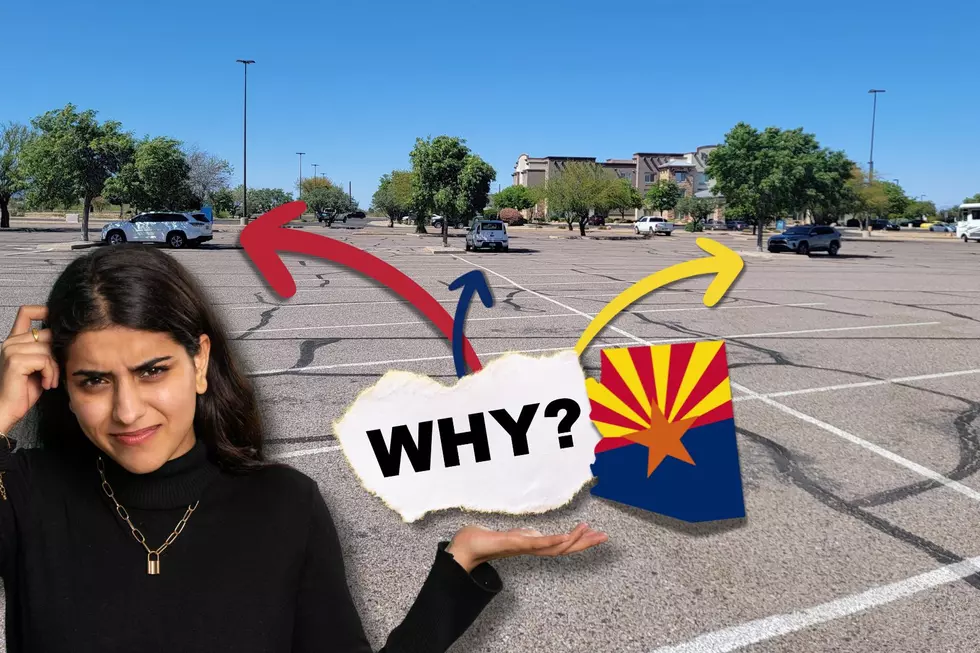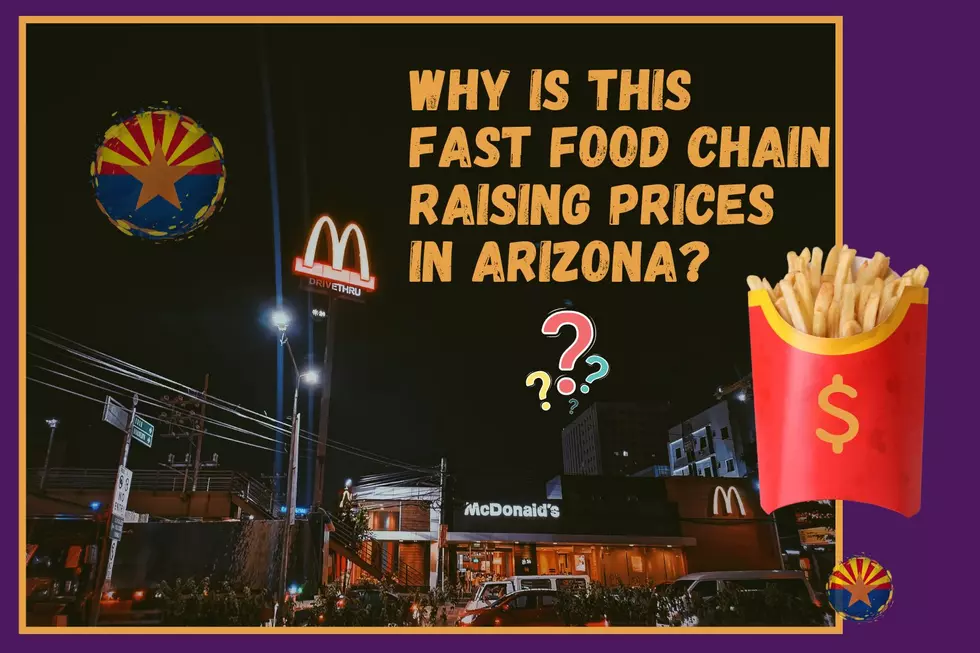
Will Arizona’s Winter Be as Brutal as the Summer? What Experts are Saying
With all the record-breaking temperatures across the state of Arizona this summer, it's hard to imagine the cooler days of winter. Can you imagine finally experiencing a time when the sun isn't trying to murder the entire state of Arizona?
What Will Winter Be Like in Arizona?
Don't get too excited. Unless you're living in Flagstaff or Alpine, the odds of having a cooler winter just about anywhere in Arizona are pretty slim. Compared to the weeks-long 100-degree-plus temperatures we've seen across the state, it will be cooler, but not "winter in Arizona" cool.
According to the latest climate projections, the fall and winter seasons in Arizona for 2023 and 2024 are expected to be warmer and drier than average. El Niño and La Niña are heavily influencing the weather.
You know, those kids always show up and ruin a good climate party. El Niño and La Niña are both taking turns throwing our seasons out of whack and it looks like this winter will be no different.
Here Comes La Niña
La Niña is expected to be a major influence on the weather this winter. If this is the first time you've heard about this little brat - I mean - this weather pattern, here's the lowdown.
According to Wikipedia, La Niña is, " is an oceanic and atmospheric phenomenon that is the colder counterpart of El Niño, as part of the broader El Niño–Southern Oscillation (ENSO) climate pattern."
That sounds like a lot of Weather Science-y stuff. Basically, it's a natural phenomenon that causes cooler sea surface temperatures in the eastern Pacific Ocean and affects the weather patterns across North America.
One of the likely effects we'll see in Arizona related to the La Niña pattern is the tendency to reduce the amount of precipitation and increase the risk of drought and wildfires in the Southwest region.
The average temperature for Arizona in fall is projected to be 2.5° warmer than normal. Average winter temperatures could be about 3.1° above normal.
Will it Rain?
If you're hoping for some drought relief with our annual fall and winter rains, don't set your expectations too high. This fall and winter, scientists are predicting precipitation will be 1 to 1.5 inches below normal.
With the unusually lean monsoon season, it doesn't look like things are set to get any better over the winter. If you like a mild winter, this might be just right for you. If you're ready to hunker down with a cup of hot cocoa and a warm sweater, you might want to consider visiting the Northeast where climate scientists are predicting an early and very chilly winter.
LOOK: Biggest tornadoes in Arizona of the past decade
LOOK: The most extreme temperatures in the history of every state
LOOK: The most expensive weather and climate disasters in recent decades
More From K101
![A Big [Small] Town Feeling! What It’s Really Like to Live in Sierra Vista, Arizona](http://townsquare.media/site/1122/files/2024/05/attachment-110.jpg?w=980&q=75)








